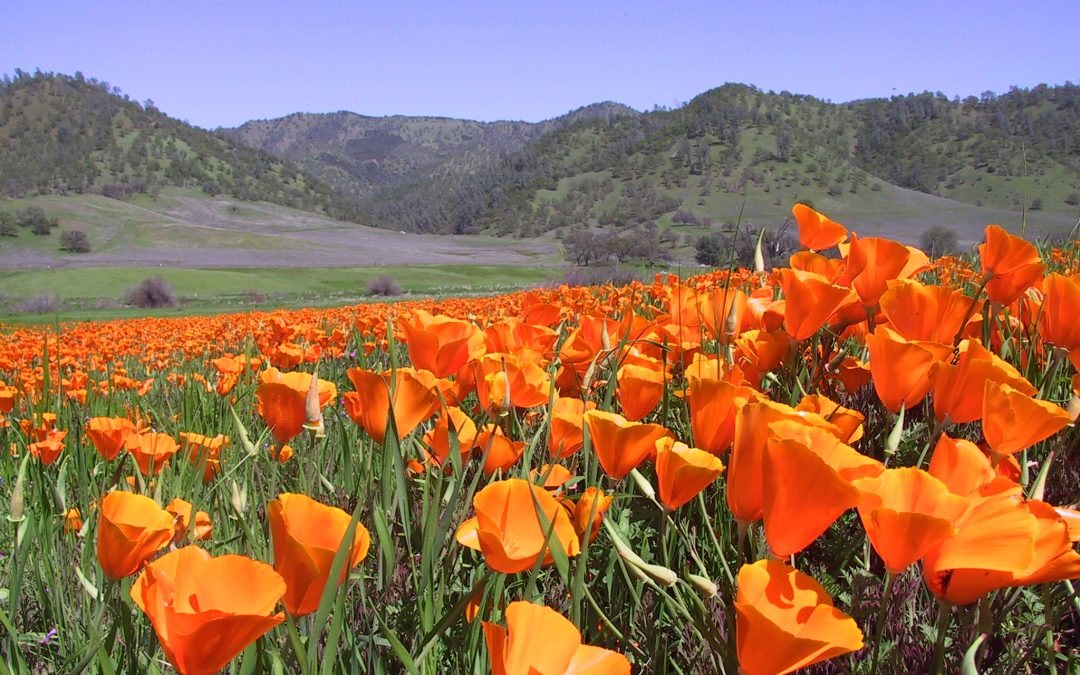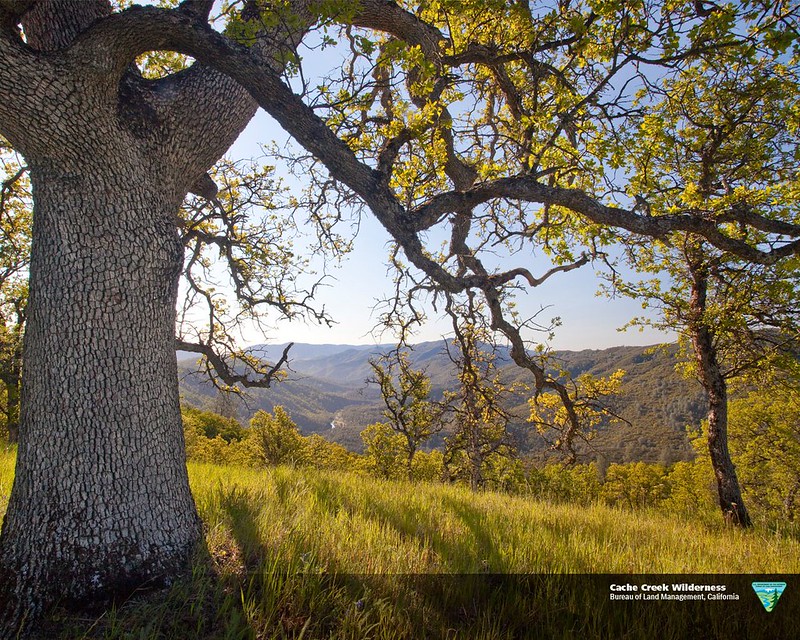For campers seeking a break from the crowds, primitive campgrounds offer the perfect opportunity to escape to nature. A primitive campground is a camping area located in a state park, national park, national forest, or BLM land, typically without any amenities or utilities. While this might sound daunting, primitive camping is a fantastic way to disconnect from modern distractions and enjoy nature in its purest form.
California, with its vast wilderness areas, offers many opportunities for primitive camping. Unlike other states, California has a greater number of free, dispersed camping areas, making it ideal for budget-conscious campers. With the Bureau of Land Management and the USDA Forest Service, there are many public lands in the Golden State where you can camp without reservations and high fees. Many full-service campgrounds also offer remote primitive/tent-only/hike-in sites, giving campers the best of both worlds.
Finding the Perfect Campsite
Finding the perfect campsite is essential when primitive camping in California. Campsite Photos is a useful resource to explore various campgrounds in the state. Yellow-post campsites in Southern California are ideal for campers looking for fire-safe spots with picnic tables. Trailheads and dirt roads in California also offer many primitive campsites. However, these campsites can get crowded in the summer, especially on weekends.
For the best-secluded camping spots, look to California’s mountain back roads. The further you drive, the more dispersed campgrounds you will find. However, many of these roads require a 4×4 or SUV, and landslides can be a common occurrence, so be prepared to hike out if your vehicle gets disabled.
Regulations and Permits
While California offers many opportunities for primitive camping, there are still rules and regulations that must be followed. Wilderness permits are required in many areas to preserve the tranquility and solitude of the backcountry. A national or state park issues wilderness permits to prevent overcrowding on wilderness campgrounds. When you sign a wilderness permit, you also agree to abide by the Leave No Trace principle.
Most public lands, such as BLM or National Forest lands, require a permit to start a campfire. During summer, many regions in Southern California are strict on fire permits and fire safety. Always check with a local ranger before starting a fire, even if you have done your research.
Best Primitive Campgrounds in California
California is home to some of the most beautiful primitive campgrounds in the world. Here are some of the best:
Steiner Flat Primitive Campground
Located on the banks of the Trinity River, Steiner Flat Primitive Campground is perfect for those looking for free camping. Visitors can swim, paddle, or even pan for gold. The campground is easily accessible and just a few hundred feet from a paved road. The Trinity Alps Wilderness area offers a wide variety of hiking trails for all levels of hikers.
Glass Creek Campground, Inyo National Forest
Glass Creek Campground offers 66 spacious drive-in sites nestled among beautiful pine trees. The campground is ideal for boondocking and exploring the nearby Obsidian Dome area. The Mammoth Lakes are a short 12-mile hike from the Glass Creek Campground. Crowley Lake is also nearby.
Pinnacle Rock
Pinnacle Rock is perfect for campers who want to get off the beaten path. Although there are no official campsites, many established campsites scattered along Bartlett Springs Road offer primitive camping opportunities. Visitors can enjoy awesome views of the Mendocino National Forest after hiking to the top.
Sonoma Coast State Beach
If you’re looking for a place to pitch your tent with access to a beautiful beach and hiking trails, look no further than the Sonoma Coast
Yellow-post Campsites in Southern California
Yellow Post Campsites
Yellow post campsites are a unique type of primitive camping experience that can be found throughout Southern California. These campsites are designated by yellow posts and offer a fire-safe spot with a picnic table. While some yellow-post campsites require a 4×4 vehicle to reach, others can be accessed by passenger cars. It’s important to note that during summer fire restrictions in Southern California, yellow-post campsites are usually off-limits.
Some of the most beautiful yellow-post campsites are located within the San Bernardino National Forest area, which includes all the Big Bear Lake Mountains, Idyllwild, and Mount San Jacinto. These campsites are first come, first serve, so it’s always best to arrive early in the day to secure a spot.
Trailheads and Dirt Roads
Primitive campsites can often be found near trailheads and along dirt roads that lead to them. These campsites are typically accessible by hiking or backpacking and offer a unique opportunity to really immerse oneself in nature.
Long, winding creeks in the Californian woodlands are known to have some of the most amazing dispersed campsites. If you have more time on your hands to explore the area around a river, you will eventually stumble upon a big, free dispersed campsite.
Back Roads to Free Camping
The best out-of-the-way campsites in California are located along mountain back roads. These campsites are often secluded and offer a truly unique camping experience. The further you are willing to drive, the better-dispersed campgrounds you will find.
However, it’s important to note that these campsites are typically located on remote back roads that may require a 4×4 or an SUV to access. Additionally, none of these camping sites have toilets, but many of them have fire rings and picnic tables. When it comes to wilderness camping in the Golden State, it’s always important to be prepared to hike out. On dirt back roads, landslides are common, and no matter how robust your vehicle is, it could become disabled.
Boondocking (Free RV Camping With No Hookups)
As long as you can find a level spot off the main road, areas managed by the Bureau of Land Management and National Forests are generally open to RV campers. Free RV camping is also available in state parks and on territory administered by the U.S. Fish and Wildlife Service. It is also available on some U.S. Army Corps of Engineers campgrounds. All of these campgrounds are primitive and offer no hookups or amenities.
To find RV camping sites in California, you can use the RV-Camping website. Although it is not the most scenic option, many businesses allow boondocking in their parking lots, including Camping World, Cabela’s, Cracker Barrel, and Walmart. Car camping is now legal in Los Angeles County as well.
What to Know Before Going Camping in California
Even though you are allowed to set up camp in a free, secluded area, there are still some rules you need to follow. To learn more about the permits you may need, roadway passes, accessibility, and rules in California’s national parks as well as state ones, check out the U.S. Forest Service website. You can also contact a local forest ranger directly to get information on regulations.
Wilderness Permits
Primitive camping isn’t always as primitive as it sounds. You may need a permit if you want to disappear into the wilderness on your own. It may sound like a pain in the neck, but wilderness permits help preserve the tranquility and the solitude of the backcountry.
A national park or state park issues wilderness permits to prevent overcrowding on wilderness campgrounds. When you sign a wilderness permit, you also agree to abide by the Leave No Trace principle. This means that you are responsible for packing out all trash and leaving the wilderness area as you found it. By following the Leave No Trace principle, you can help preserve the natural beauty of California’s wilderness areas for future generations to enjoy.
Resources
- Inyo National Forest Official website of the Inyo National Forest, where the Glass Creek Campground is located. The website provides information about the national forest, including recreational opportunities, campgrounds, permits, and regulations.
- Bureau of Land Management (BLM) – Recreation Official website for the Bureau of Land Management (BLM) recreation programs. This site offers information on BLM-managed lands, including camping opportunities, permits, and regulations.
- USDA Forest Service – San Bernardino National Forest Official website for the San Bernardino National Forest, where many of the yellow-post campsites mentioned are located. This site provides information on campgrounds, permits, regulations, and recreational activities in the area.
- US Forest Service – Camping & Cabins The official website of the U.S. Forest Service’s Camping & Cabins section. This site offers information on camping opportunities in national forests, wilderness permits, and Leave No Trace principles.
- California State Parks – Camping & Lodging Official website for California State Parks’ camping and lodging information. The site provides details on camping opportunities in state parks, including primitive campgrounds, reservations, and regulations.
FAQs:
- What are the best times to go primitive camping in California?
The best time to go camping in California is from May to October, especially for those who prefer warm weather. However, you should also be prepared for cold nights, especially in higher elevations. During winter, some primitive campsites are closed due to snow.
- Is it safe to go primitive camping in California?
Primitive camping in California is generally safe, but it’s important to take precautions to ensure your safety. Keep an eye on the weather forecast and check for fire restrictions before starting a campfire. Also, be aware of wildlife in the area and keep your food stored safely.
- Do I need a permit to go primitive camping in California?
Not all primitive camping sites in California require permits, but some do. It’s important to research the specific area you plan to camp in to find out if you need a permit. Wilderness permits are required for some areas and can be obtained from the appropriate government agency.
- Can I bring my RV for primitive camping in California?
Yes, you can go RV camping in some primitive camping areas in California. However, not all campsites are suitable for RVs, so it’s important to research the specific area you plan to camp in.
- Are there any amenities at primitive campsites in California?
Primitive campsites in California do not have amenities such as electricity or running water. Some campsites may have fire pits, but it’s important to check the specific area you plan to camp in to find out what amenities are available.
Conclusion:
Primitive camping in California offers a unique opportunity to experience the beauty of the state’s wilderness areas without the crowds and amenities of traditional campgrounds. From yellow post campsites to remote backcountry locations, there are plenty of options for those who want to rough it in California’s great outdoors.
When planning your primitive camping trip, be sure to research the specific area you plan to camp in to ensure that you are prepared for the conditions and requirements of the area. With proper planning and preparation, you can enjoy a safe and unforgettable primitive camping experience in California.
Featured Image by Bureau of Land Management via flickr


